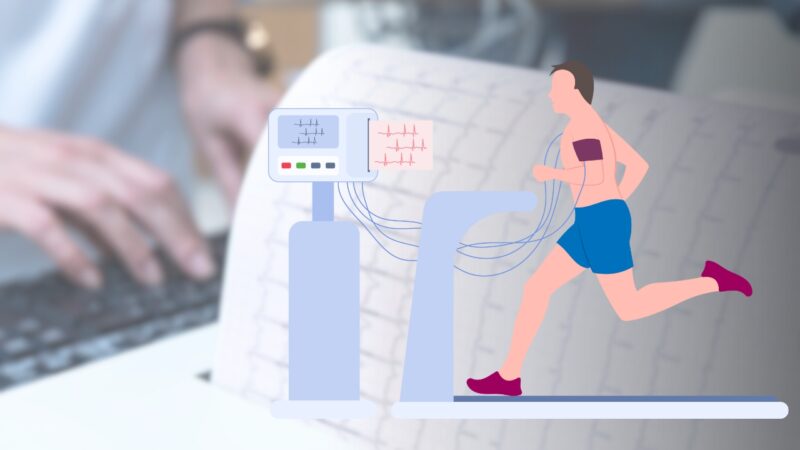The world of healthcare billing can be a labyrinth of complexity, and few areas epitomize this complexity more than the realm of CPT codes. For those unacquainted, Current Procedural Terminology (CPT) codes are the standardized codes utilized to classify and bill medical procedures and services. One area of medical testing that frequently calls upon a plethora of CPT codes is cardiopulmonary stress testing.
These critical tests measure the health and functional capacity of the heart and lungs, primarily under stress conditions, making them an indispensable tool in the diagnosis and treatment of a wide range of conditions. The purpose of this guide is to illuminate the often obscured path through the thicket of CPT codes associated with cardiopulmonary stress tests.
With a solid understanding of these codes, healthcare professionals can ensure their services are accurately billed, preventing potential financial discrepancies and fostering an environment of trust with patients. Moreover, a mastery of these codes can contribute significantly to a robust healthcare ecosystem, allowing for the efficient allocation of resources and ensuring patients receive the care they need.
In the following sections, we will walk you through the intricacies of CPT codes, and the nuances of cardiopulmonary stress testing, provide an in-depth exploration of relevant CPT codes, discuss common coding challenges, offer useful resources, and provide examples to bring this information to life. Whether you are a veteran in the healthcare profession or a novice, our guide aims to enhance your understanding and make the complex world of CPT codes more navigable.
Cardiopulmonary Stress Tests
Cardiopulmonary stress tests are a powerful tool in the clinical arsenal, offering valuable insights into the health and performance of the heart and lungs. These tests are performed under stress conditions – typically exercise – to evaluate how these critical organ systems function when pushed beyond their resting states. This information can be instrumental in diagnosing various heart and lung conditions, assessing physical fitness, and guiding treatment strategies.
There are several types of stress tests, each with unique applications. Exercise stress tests, for example, involve the patient walking or running on a treadmill, or pedaling a stationary bike, to steadily increase the heart rate. Pharmacologic stress tests, on the other hand, are used when patients cannot exercise due to health reasons. These tests involve administering medications that simulate the effects of exercise on the heart.
Regardless of the type, stress tests are a cornerstone of cardiovascular and respiratory health assessments. The results they yield can guide medical professionals in making crucial decisions about patient care, including diagnosing diseases, determining treatment approaches, and monitoring the effectiveness of interventions. As such, understanding the CPT codes associated with these tests is paramount for accurate billing and optimal patient care.
Common CPT Codes for Cardiopulmonary Stress Tests
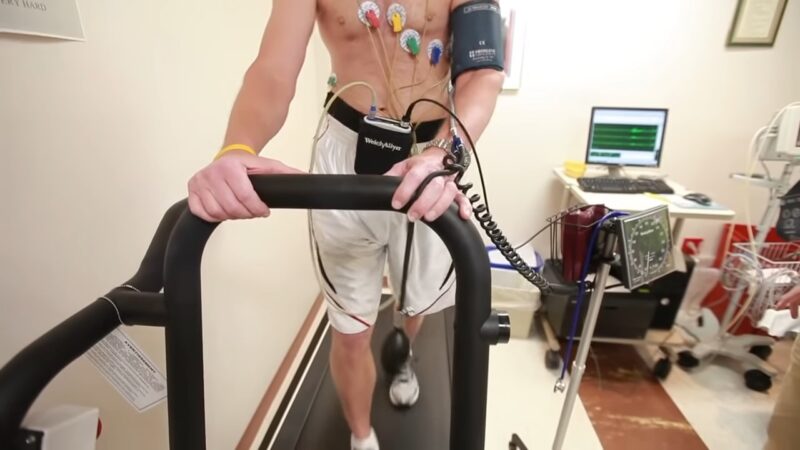
One of the crucial aspects of coding for cardiopulmonary stress tests is understanding the most commonly used CPT codes. They vary depending on the type of test, the specific procedures performed, and any additional services rendered during the testing process. Exercise stress tests, for instance, often utilize CPT code 93015 (Cardiovascular stress test using a maximal or submaximal treadmill or bicycle exercise), which covers the entire procedure, including supervision, interpretation, and report.
Pharmacologic stress tests, where exercise isn’t possible, might use codes such as 93016 (Physician supervision only) and 93018 (Physician interpretation and report), in conjunction with the appropriate pharmacological agent’s code. It’s worth noting that there are also specific codes for additional procedures or services that may be performed during a stress test, such as codes 93351 and 93352 for echocardiography. Knowledge of these commonly used codes is crucial for ensuring that all aspects of the stress test are accurately billed.
If you want to know more about EBUS CPT codes, click here.
Coding Guidelines and Documentation Requirements

The accuracy of coding for cardiopulmonary stress tests hinges on adherence to established guidelines and proper documentation. The AMA’s CPT codebook provides explicit instructions for applying each code, and healthcare providers must follow these guidelines closely to ensure correct coding. Documentation, meanwhile, serves as the evidential backbone of coding.
A comprehensive report detailing the patient’s condition, the procedures performed, and the results obtained forms the basis for the CPT codes assigned. This report not only supports the coding process but also facilitates communication among healthcare providers, promoting continuity and coordination of care. Importantly, healthcare providers should be aware that insufficient or inaccurate documentation can lead to coding errors, which may result in denied claims or reduced reimbursement. Therefore, meticulous documentation and an understanding of coding guidelines are vital for coding accuracy.
To ensure proper reimbursement and accurate documentation, it is crucial to familiarize oneself with CPT codes 99143, 99144, and 99145.
Challenges and Pitfalls
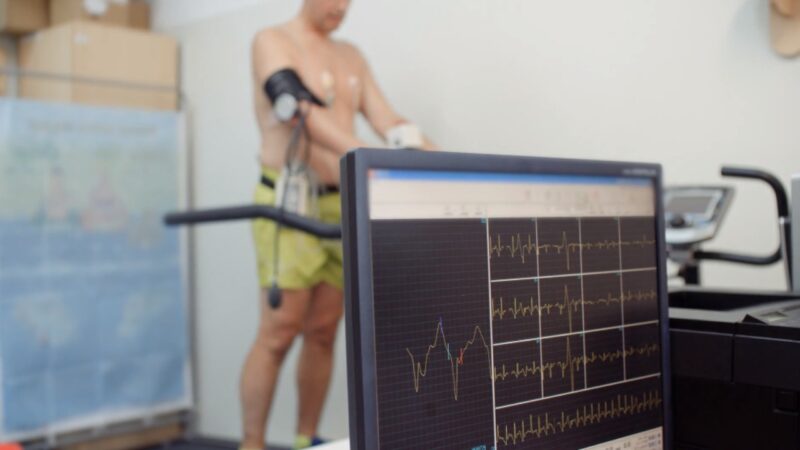
Coding cardiopulmonary stress tests presents unique challenges that require careful attention. One common pitfall to avoid is the risk of under-coding or over-coding, which can result in an inaccurate representation of services during the billing process. Such discrepancies not only impact financial aspects but also have the potential to violate compliance regulations. Moreover, the complexity of numerous codes and procedures increases the likelihood of errors.
Mistakes can occur when codes are incorrectly matched to procedures or when outdated codes are utilized. To prevent these errors, healthcare providers must remain vigilant, constantly updating their coding knowledge and conducting thorough reviews of their work.
Fortunately, with the right education and a systematic coding approach, many of these issues can be mitigated. By familiarizing themselves with common coding pitfalls, professionals can avoid mistakes, enhance coding accuracy, and ensure compliance with billing regulations.
Updates and Changes
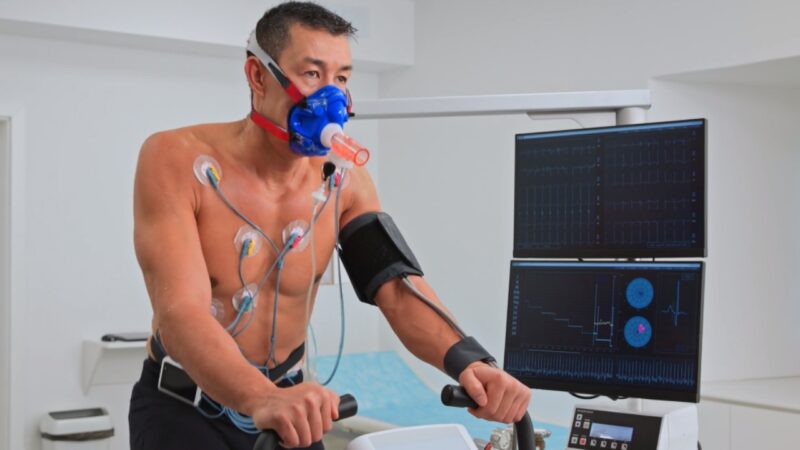
Just as medical practice continually evolves, so too do CPT codes. The AMA frequently updates these codes to reflect advances in medical knowledge and technology. Keeping abreast of these changes is crucial for maintaining accurate coding practices. In recent years, for instance, there have been several changes to the CPT codes related to cardiopulmonary stress tests.
Code 93015, once used broadly for cardiovascular stress tests, has been subdivided into codes 93016-93018 to represent distinct components of the testing process. Ignorance of these changes can lead to coding errors and claim denials. Understanding and adapting to these updates is therefore a non-negotiable aspect of coding for cardiopulmonary stress tests.
Regularly consulting the latest version of the CPT codebook, participating in coding education programs, and subscribing to professional coding resources can help ensure that you’re always up-to-date.
Understanding the importance of pulmonary function tests (PFTs) in assessing cardiopulmonary health can be enhanced by exploring the correlation between these tests and the corresponding CPT codes used for accurate billing and coding purposes.
Resources and Tools
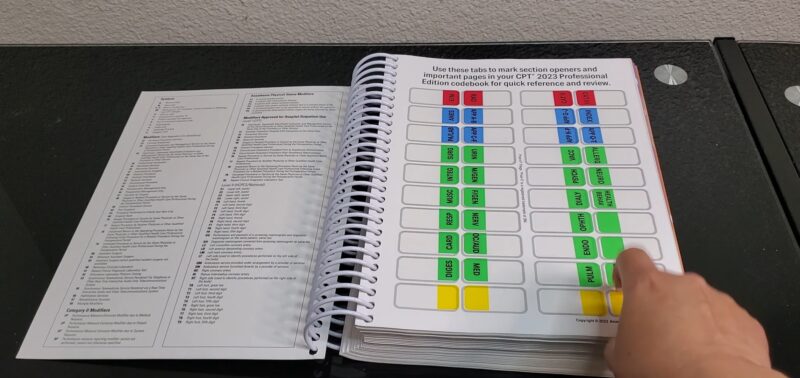
Given the complexity of coding, having access to reliable resources and tools can make a significant difference. The AMA’s CPT codebook is a fundamental resource, providing detailed explanations and guidelines for each CPT code. Additionally, the AMA’s website offers numerous coding resources, including updates, guidelines, and FAQs. For a more interactive learning experience, coding software and applications can be useful tools.
These platforms often provide code lookup features, compliance checks, and real-time updates, simplifying the coding process and reducing the risk of errors. Moreover, professional organizations such as the American Academy of Professional Coders (AAPC) and the American Health Information Management Association (AHIMA) offer extensive coding resources, including education programs, networking opportunities, and coding support services.
These resources can greatly assist healthcare professionals in staying informed and honing their coding skills.
Conclusion
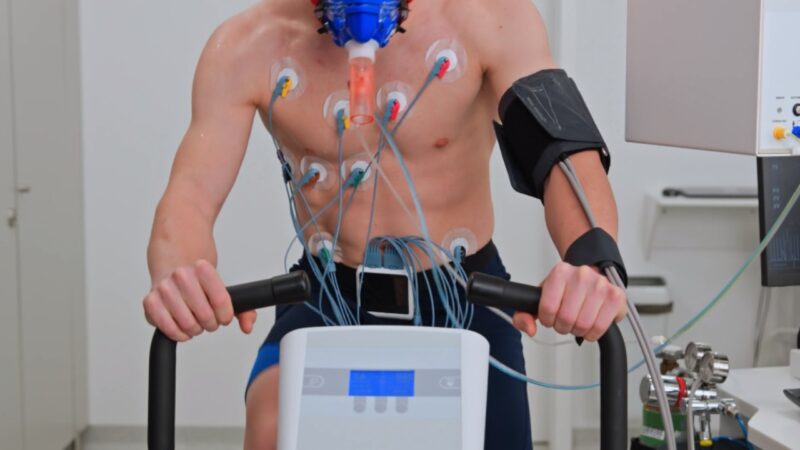
Equipping oneself with the latest information and availing of the plethora of resources and tools can streamline the coding process. It is imperative to recognize the fluid nature of CPT codes and adapt as they evolve to reflect advancements in healthcare.
In closing, mastering the art of CPT coding for cardiopulmonary stress tests is a continuous journey. The diligence, precision, and commitment invested in this endeavor will serve not only the financial aspects of healthcare but, most importantly, will underpin the ultimate goal of ensuring patients receive the highest quality of care.
Let this guide be the compass that steers you through the intricate waters of CPT coding, empowering you to contribute effectively to the ever-evolving tapestry of healthcare.

